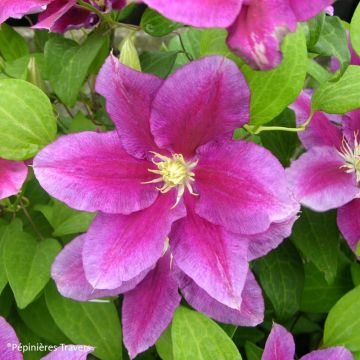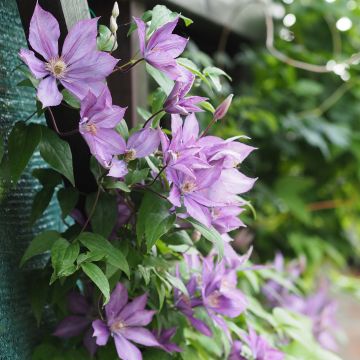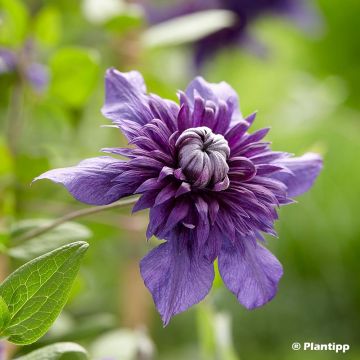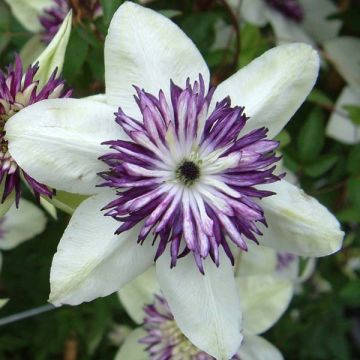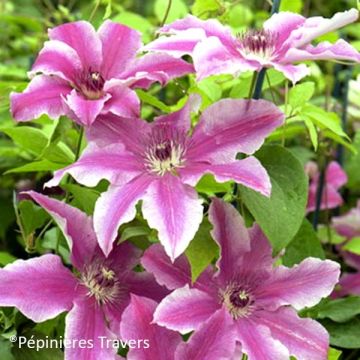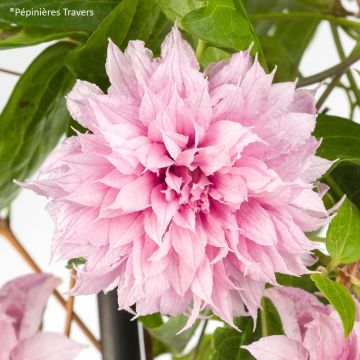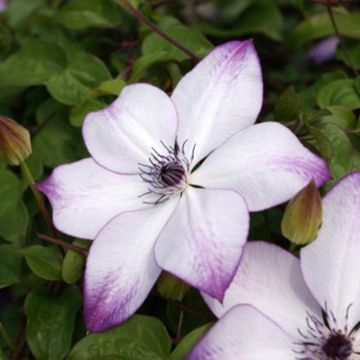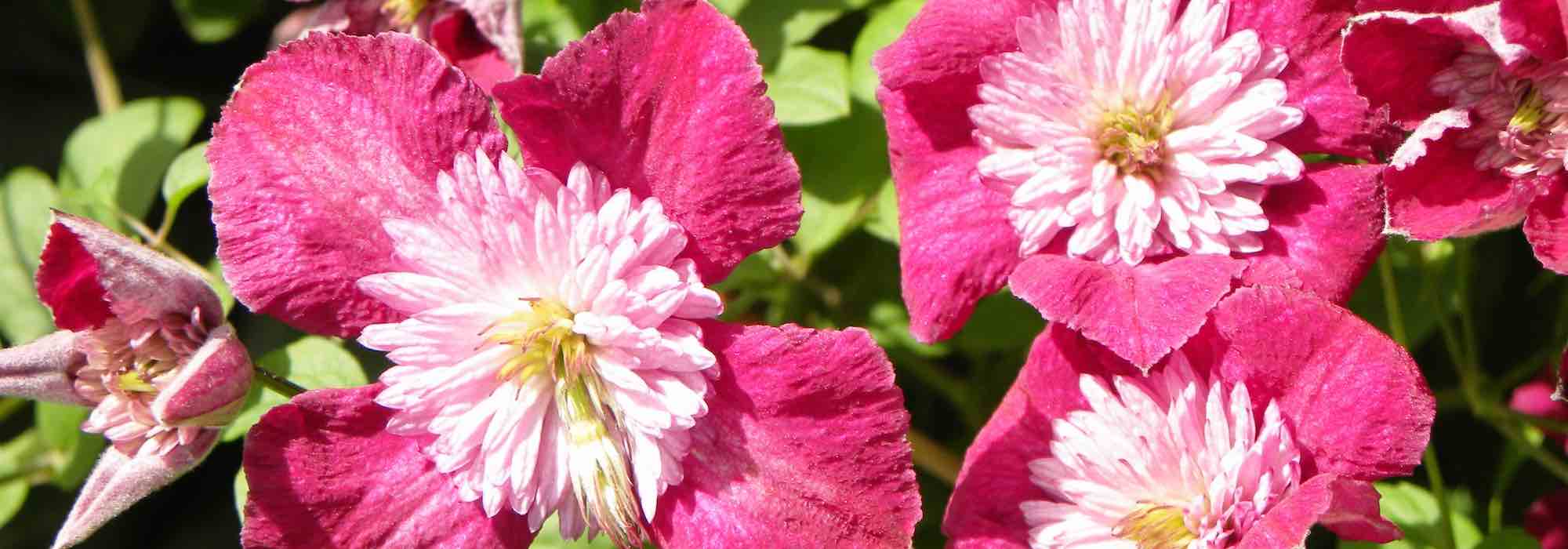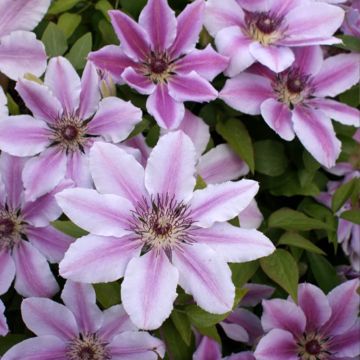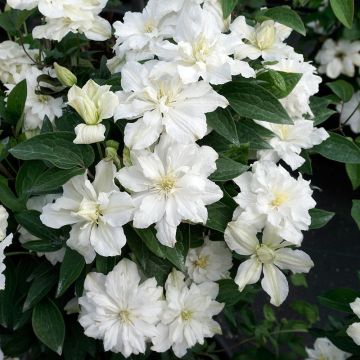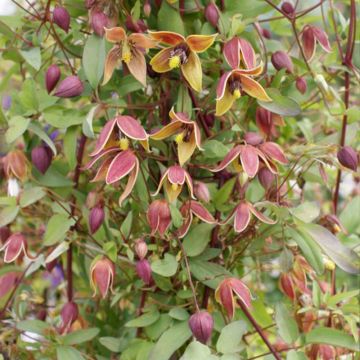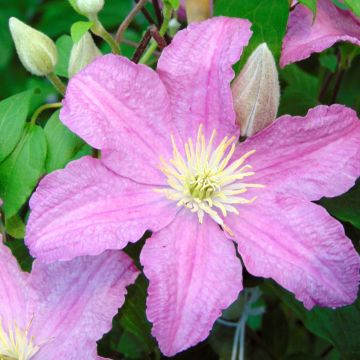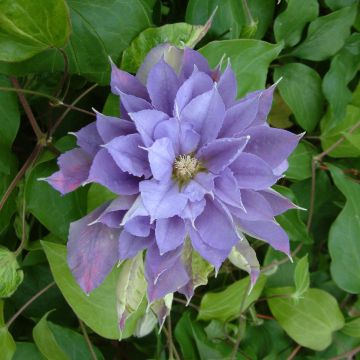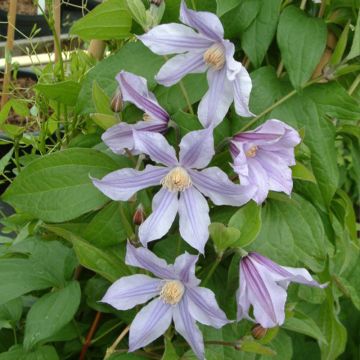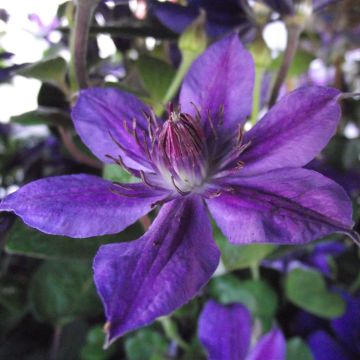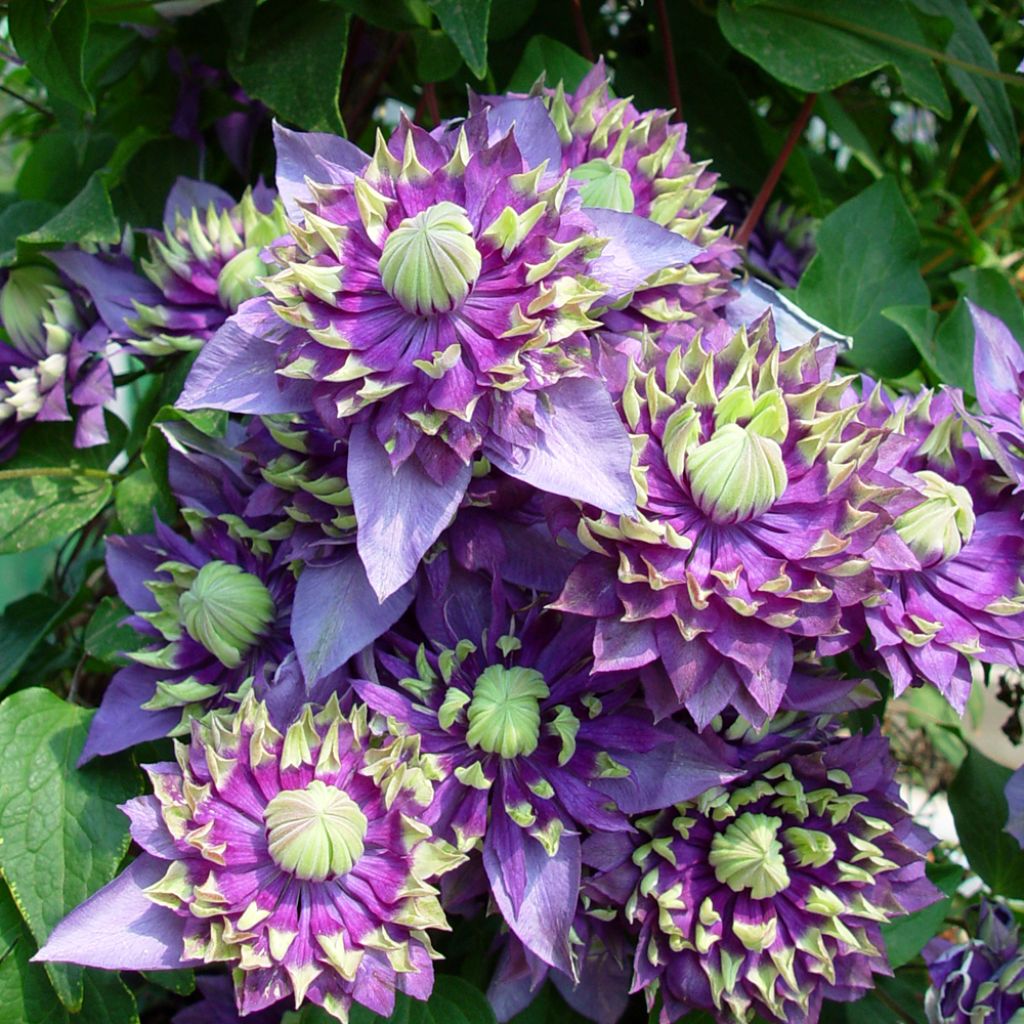

Clematis Taiga
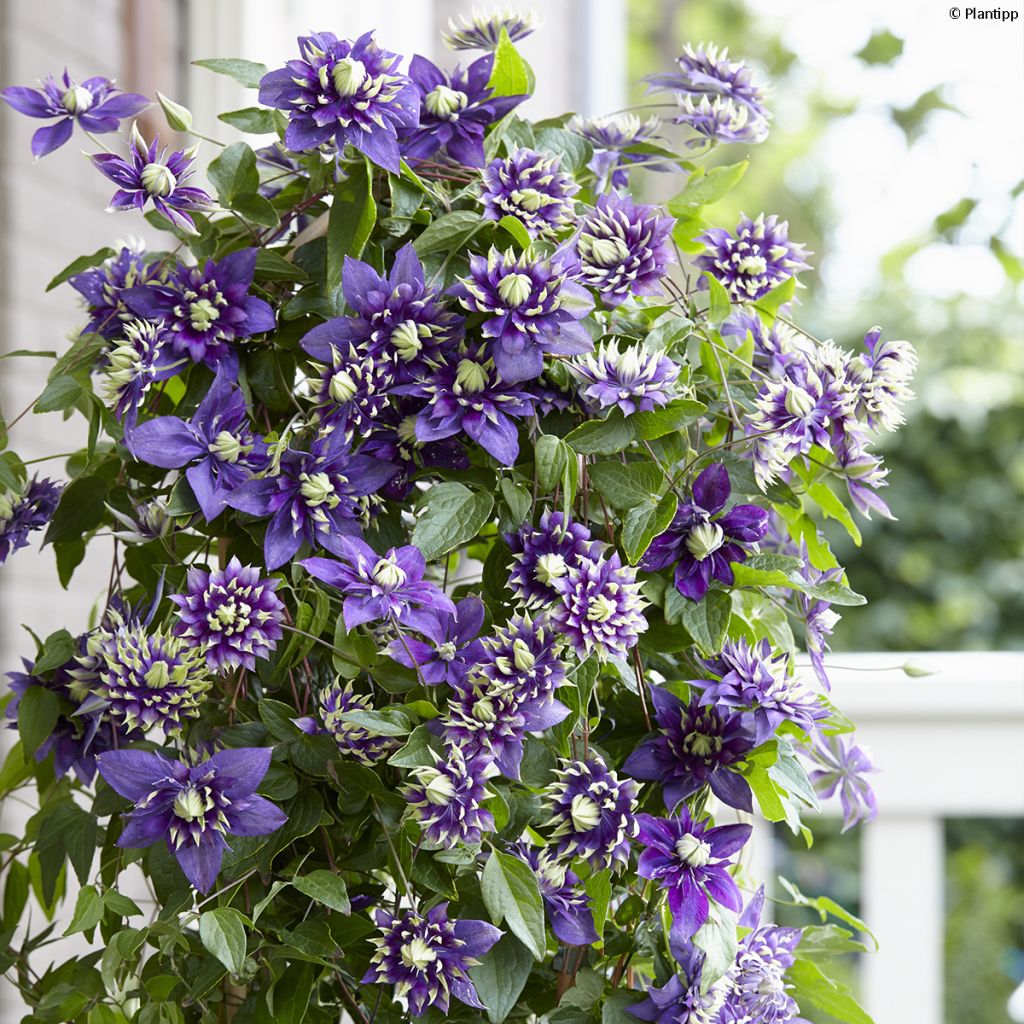

Clematis Taiga
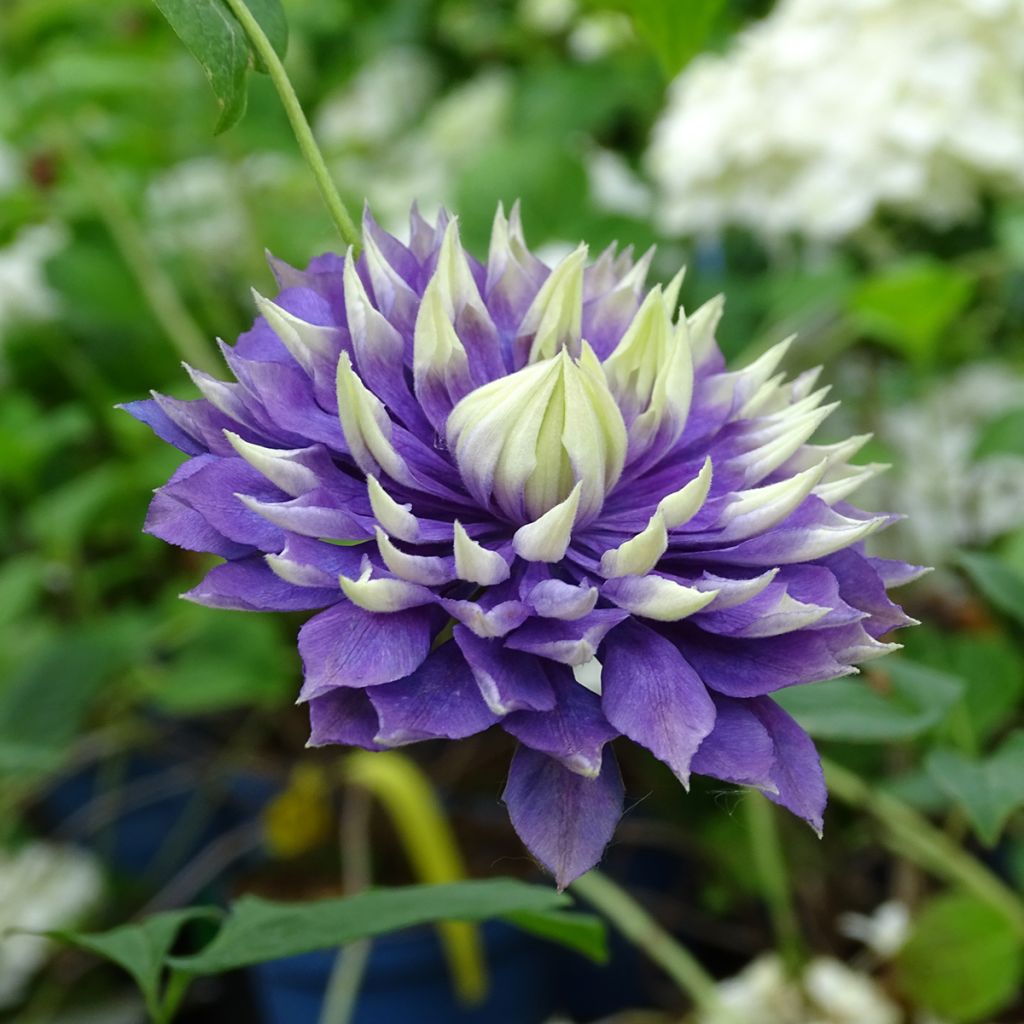

Clematis Taiga
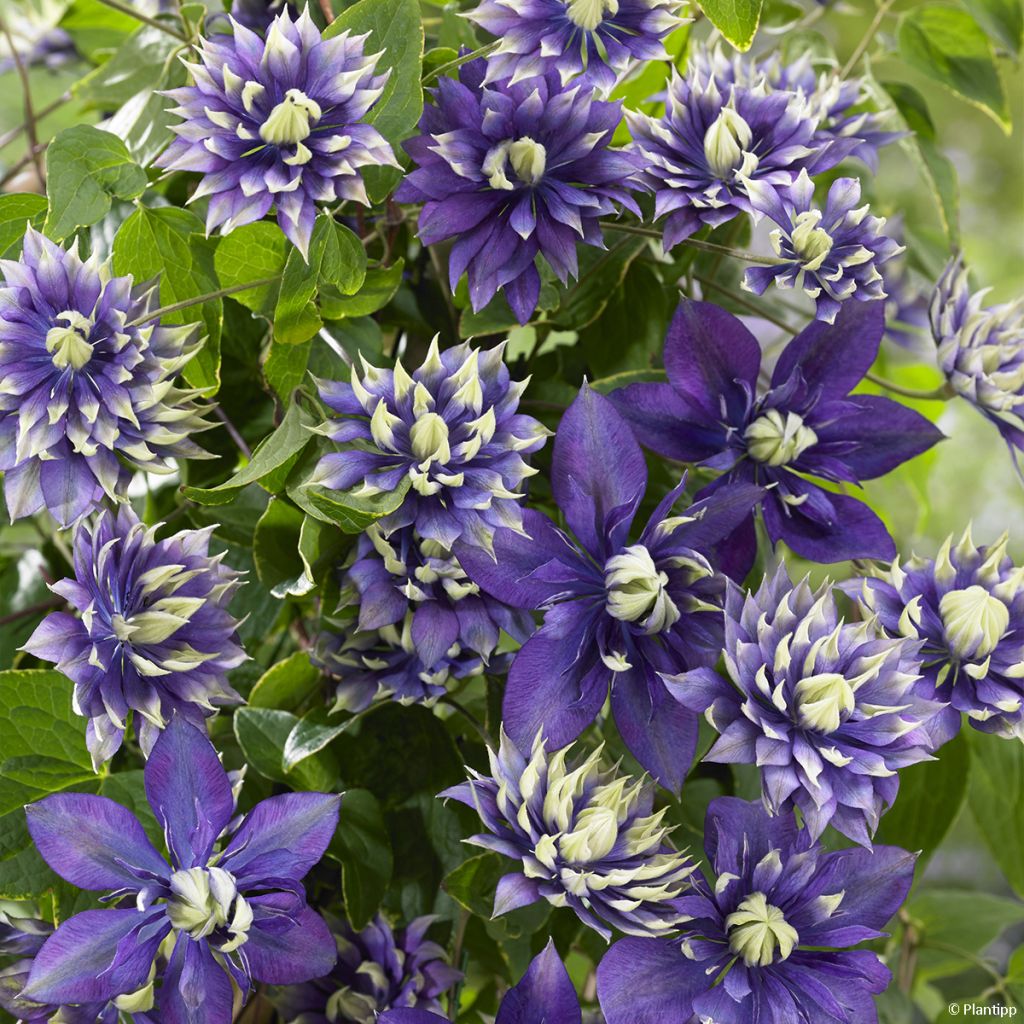

Clematis Taiga
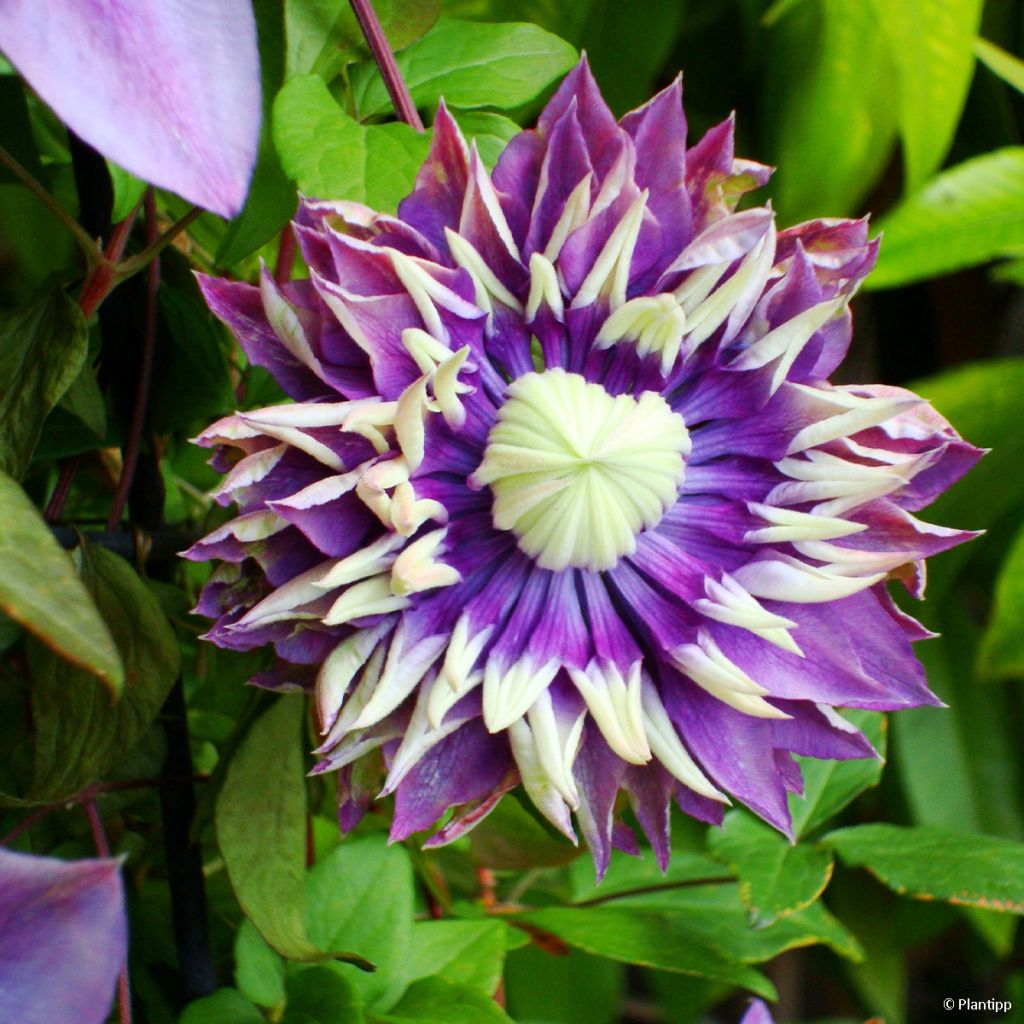

Clematis Taiga
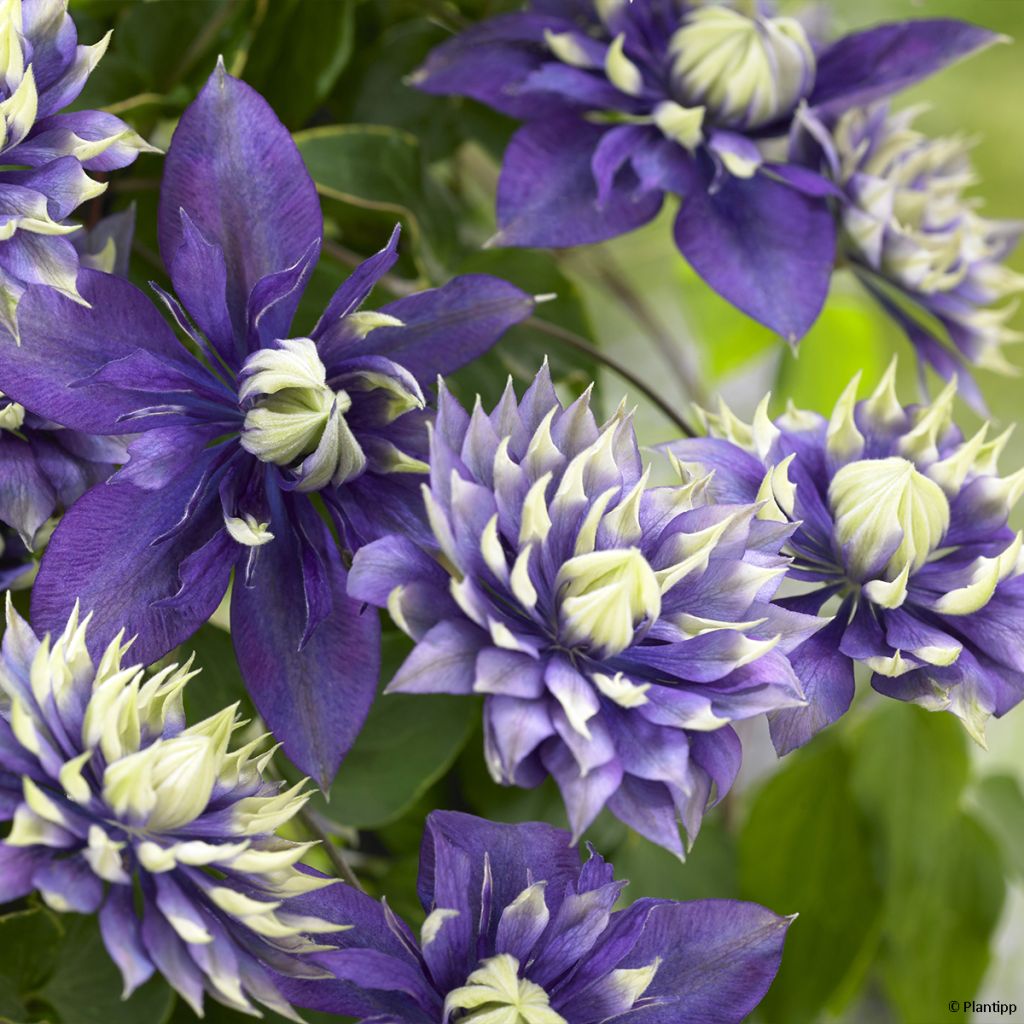

Clematis Taiga
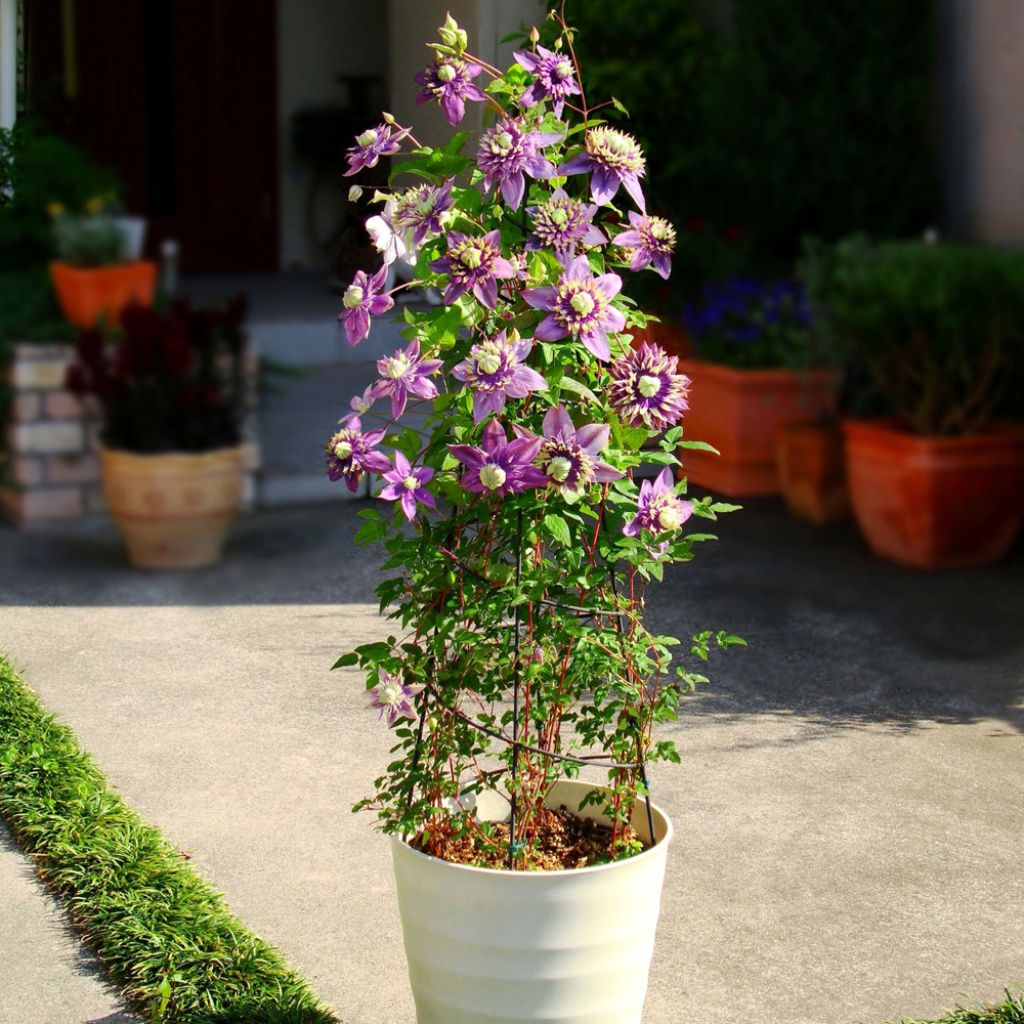

Clematis Taiga
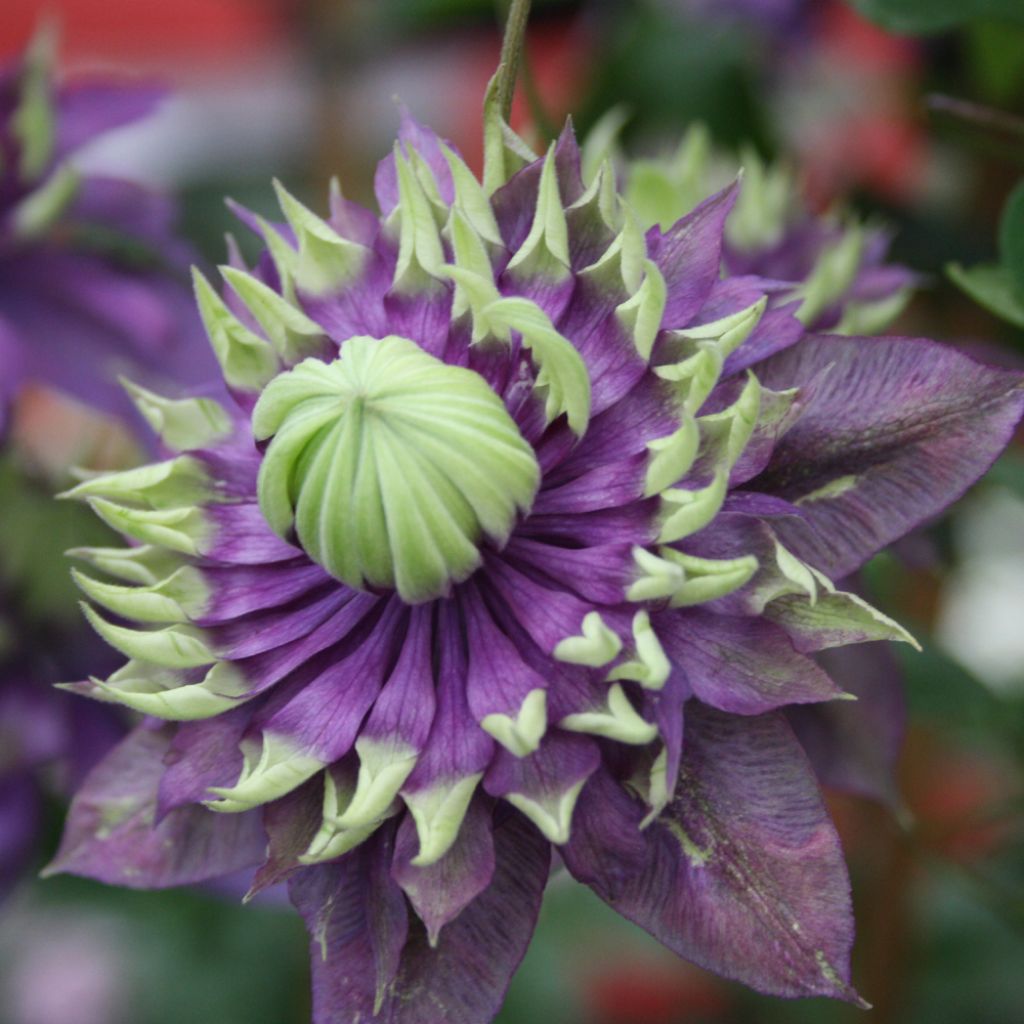

Clematis Taiga
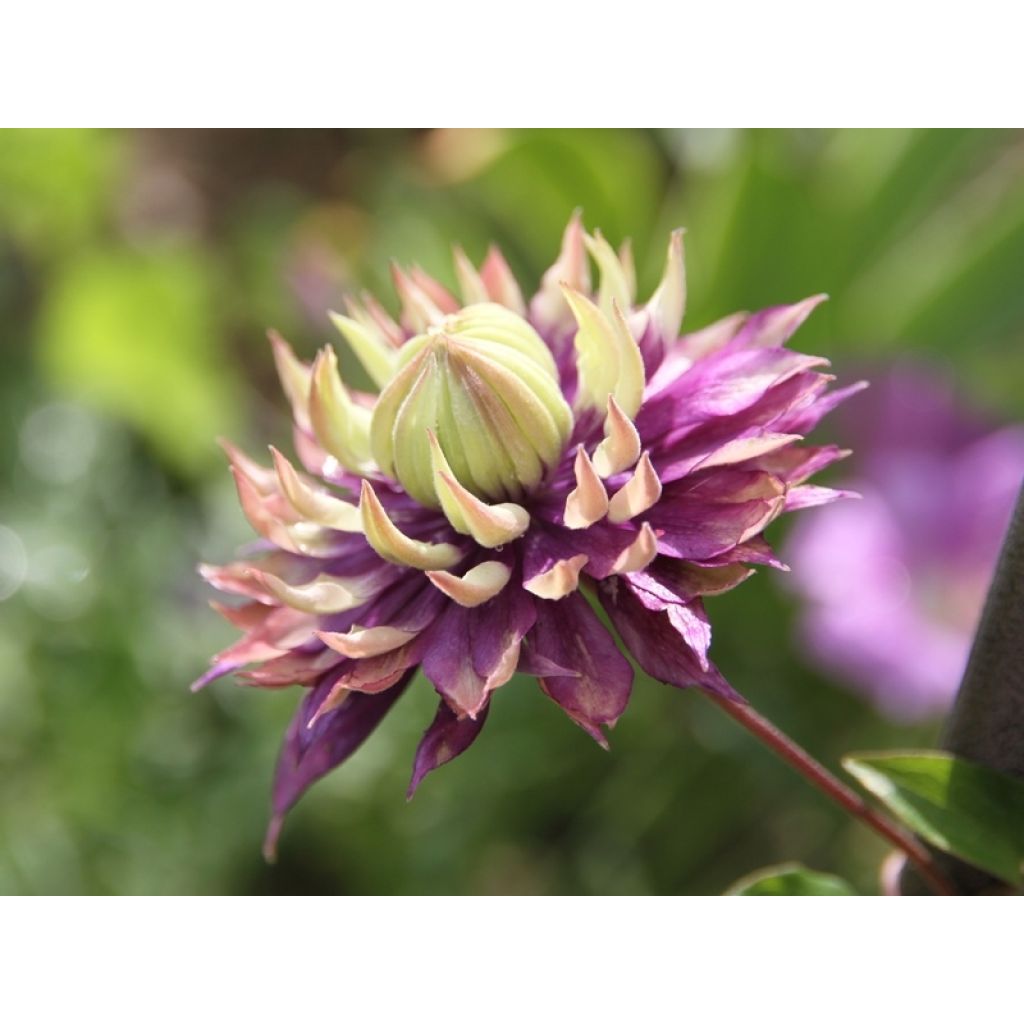

Clematis Taiga
View more pictures
Hide images
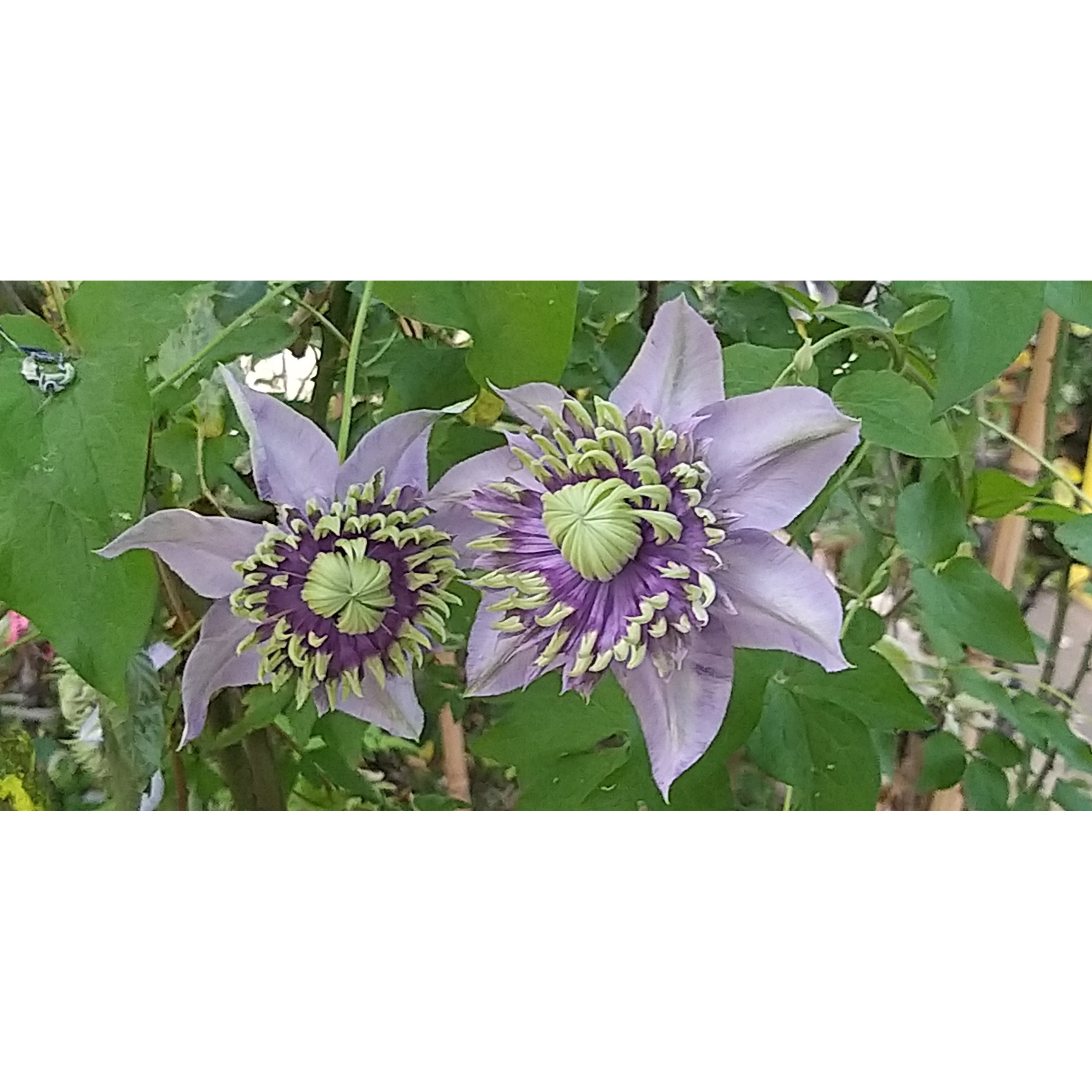
Thierry P.

May flowering - image 25
Thierry P. • 84 FR
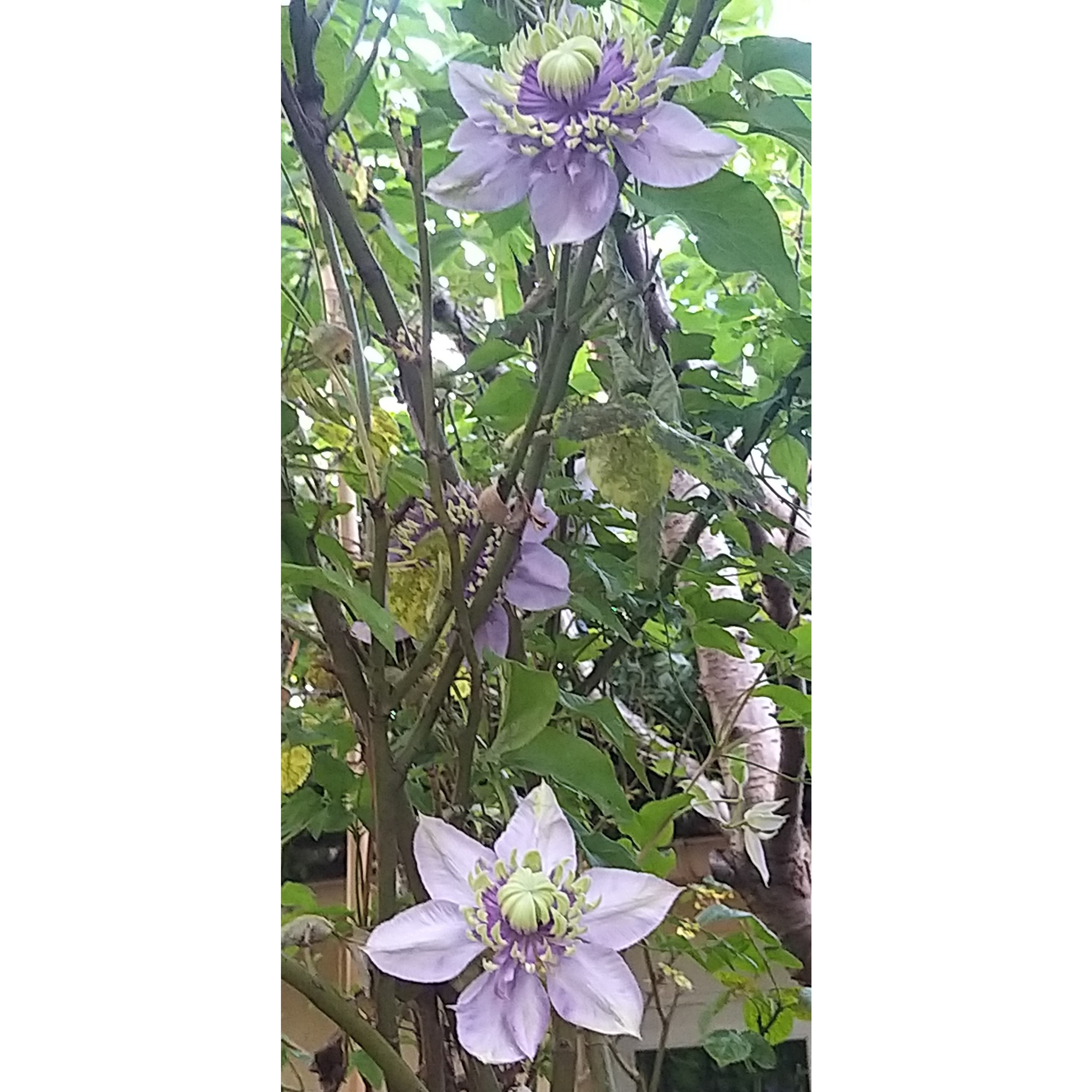
Thierry P.

N/A
Thierry P. • 84 FR

Thierry P.

May flowering - image 23
Thierry P. • 84 FR

Thierry P.

Flowering in May - image 22
Thierry P. • 84 FR
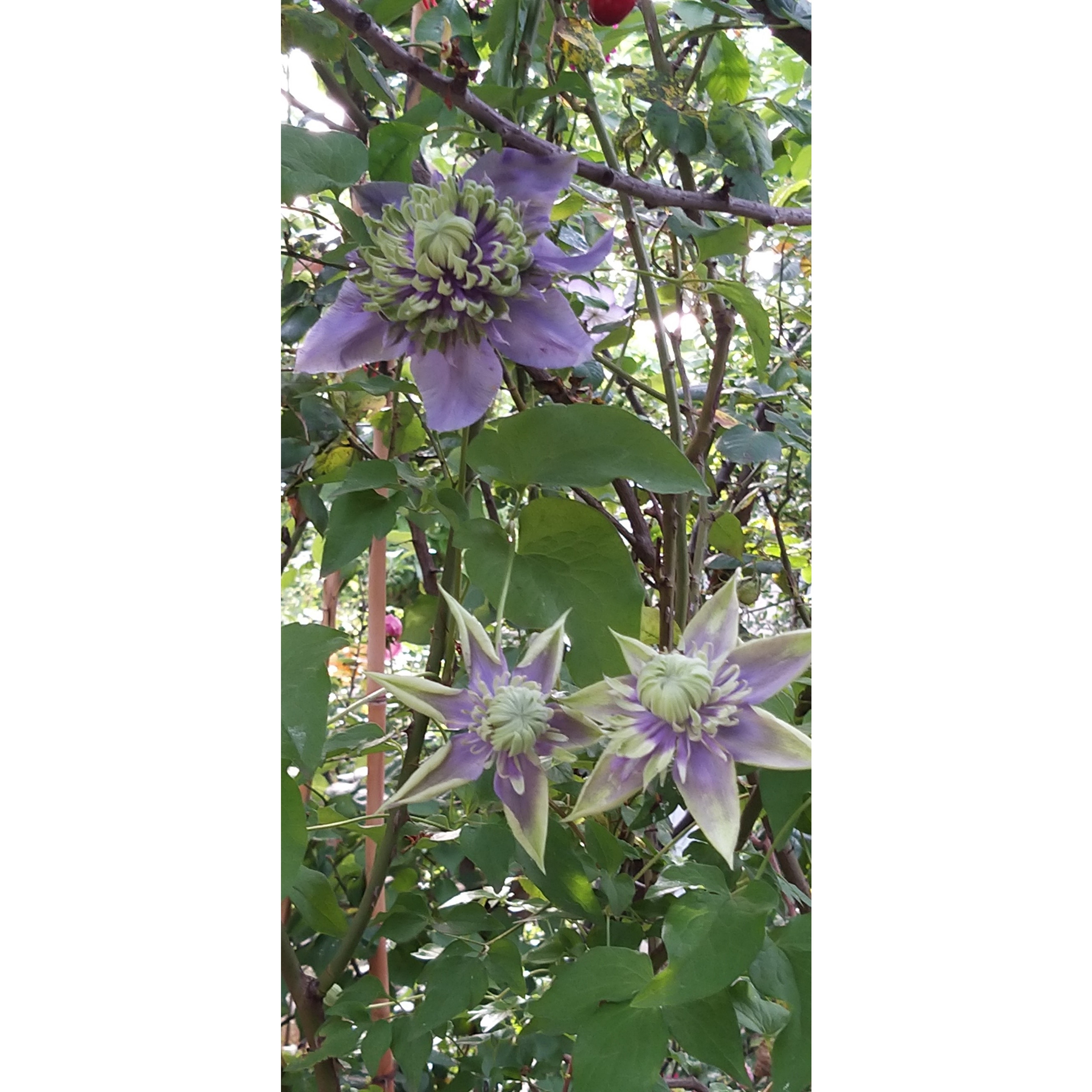
Thierry P.

N/A
Thierry P. • 84 FR
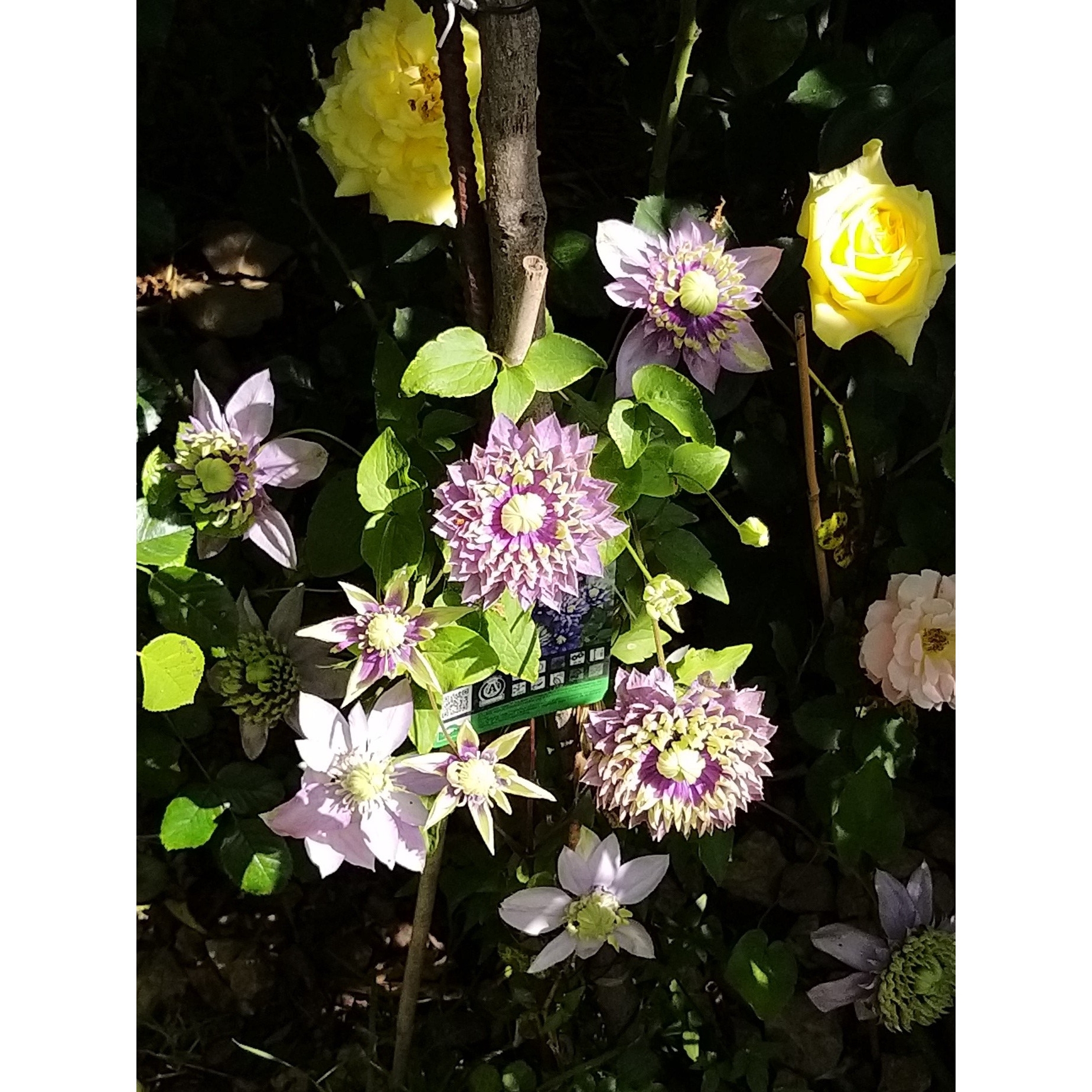
Thierry P.

May flowering - image 9 - Accompanied by the Bernard Hinault rose.
Thierry P. • 84 FR
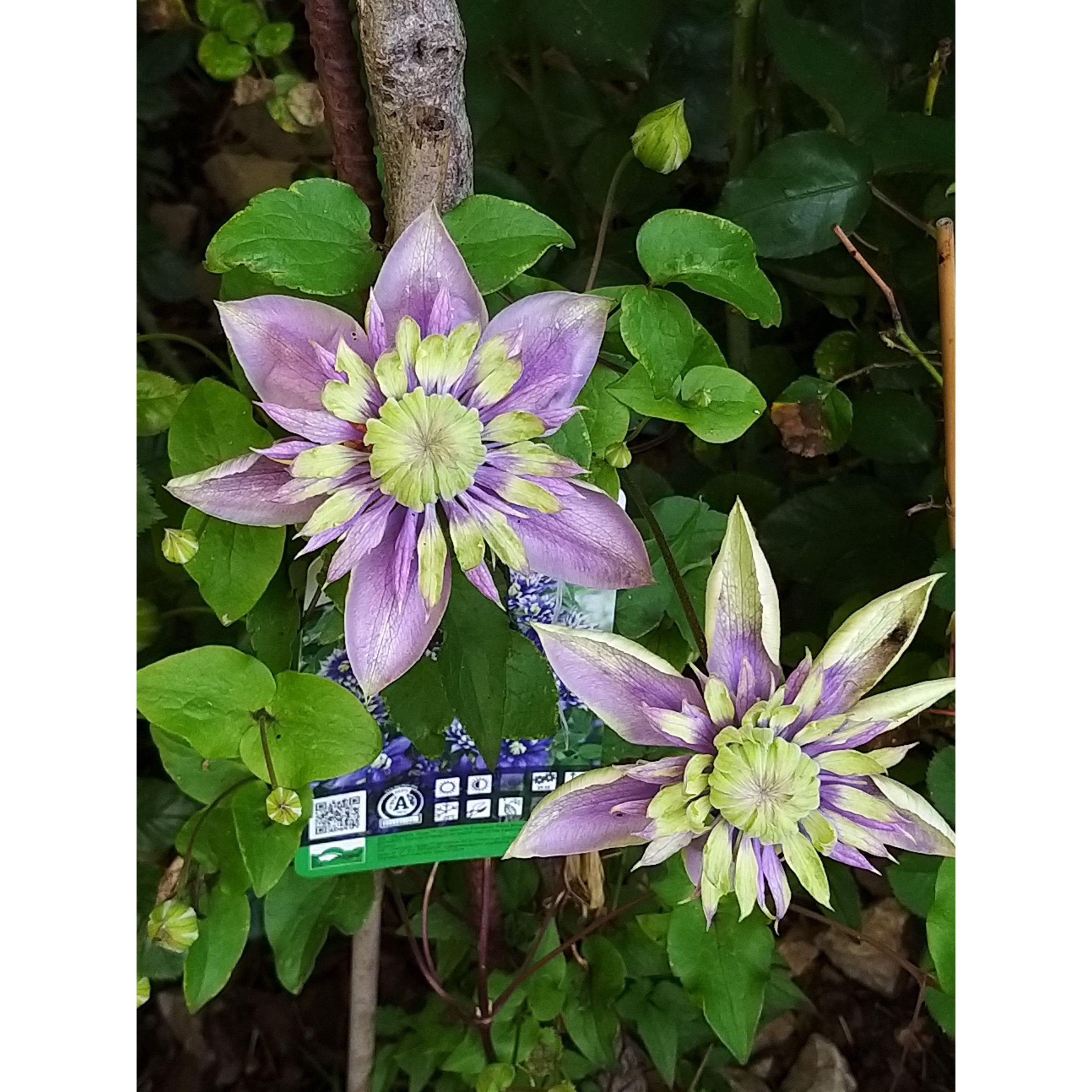
Thierry P.

N/A
Thierry P. • 84 FR
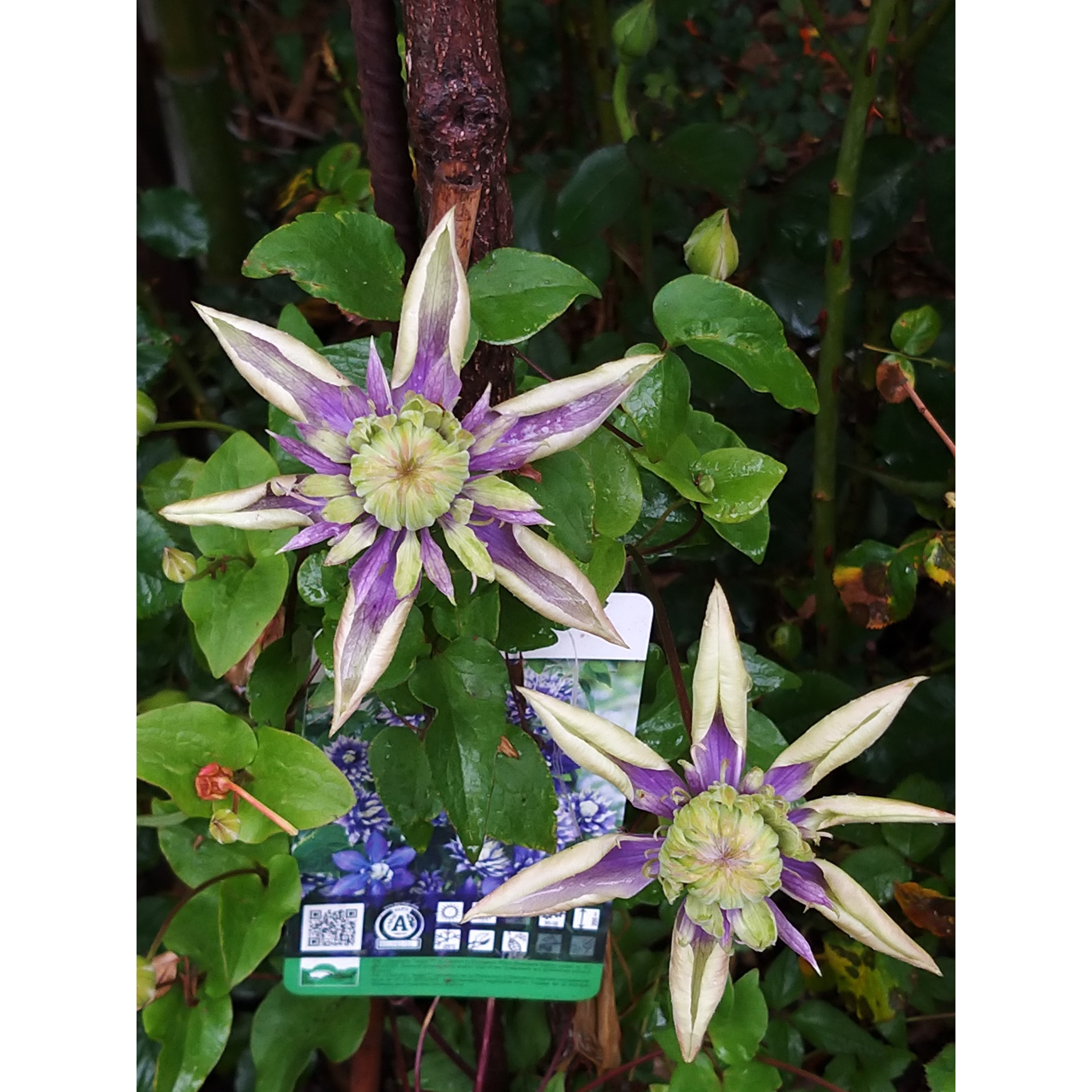
Thierry P.

April flowering - image 1 - Photo in the rain.
Thierry P. • 84 FR
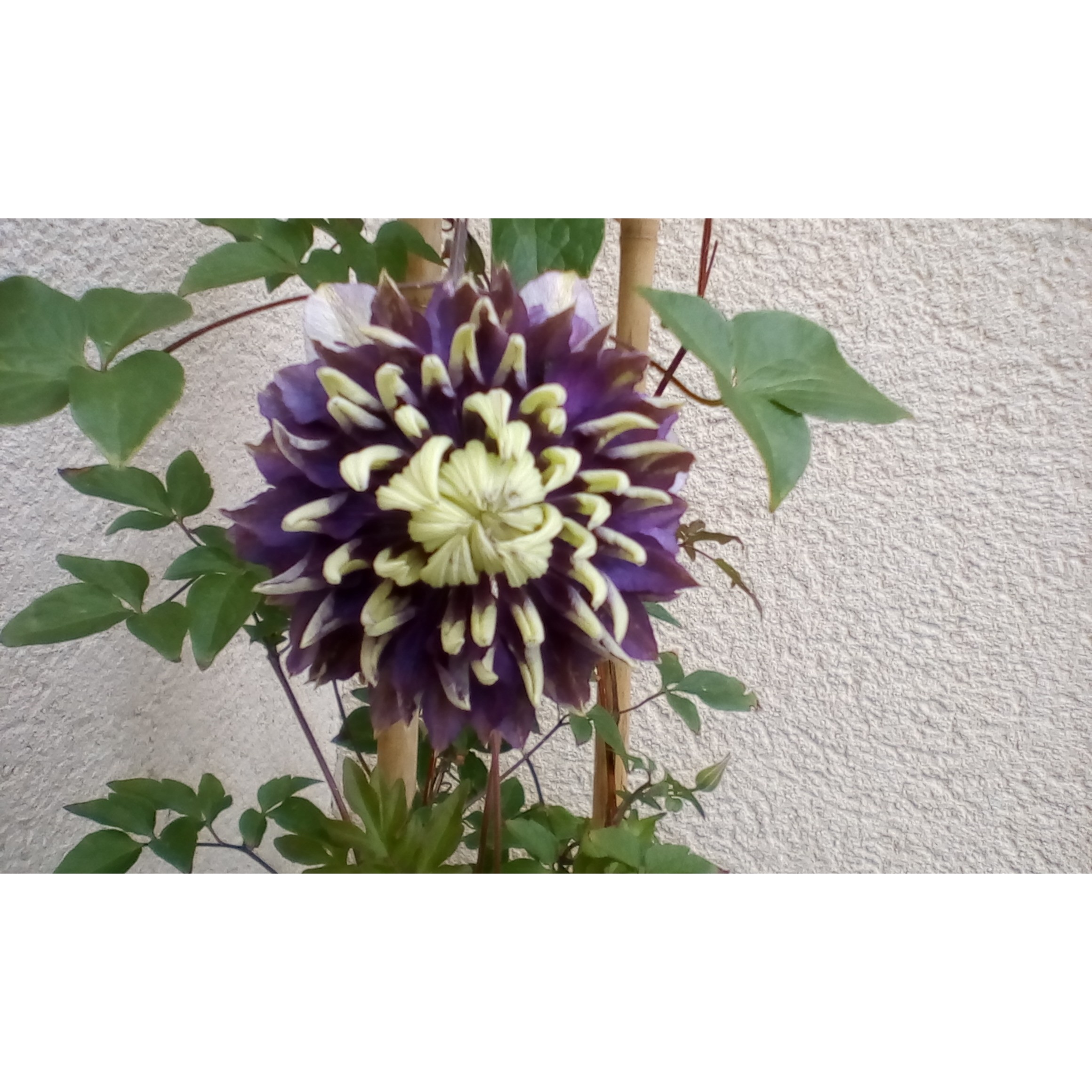
Béatrice B.

I'm sorry, but there is no text in the customer review to be translated. If you have any other reviews or text that needs translation, please feel free to provide it, and I'll be happy to help with the translation into British English.
Béatrice B. • 02 FR
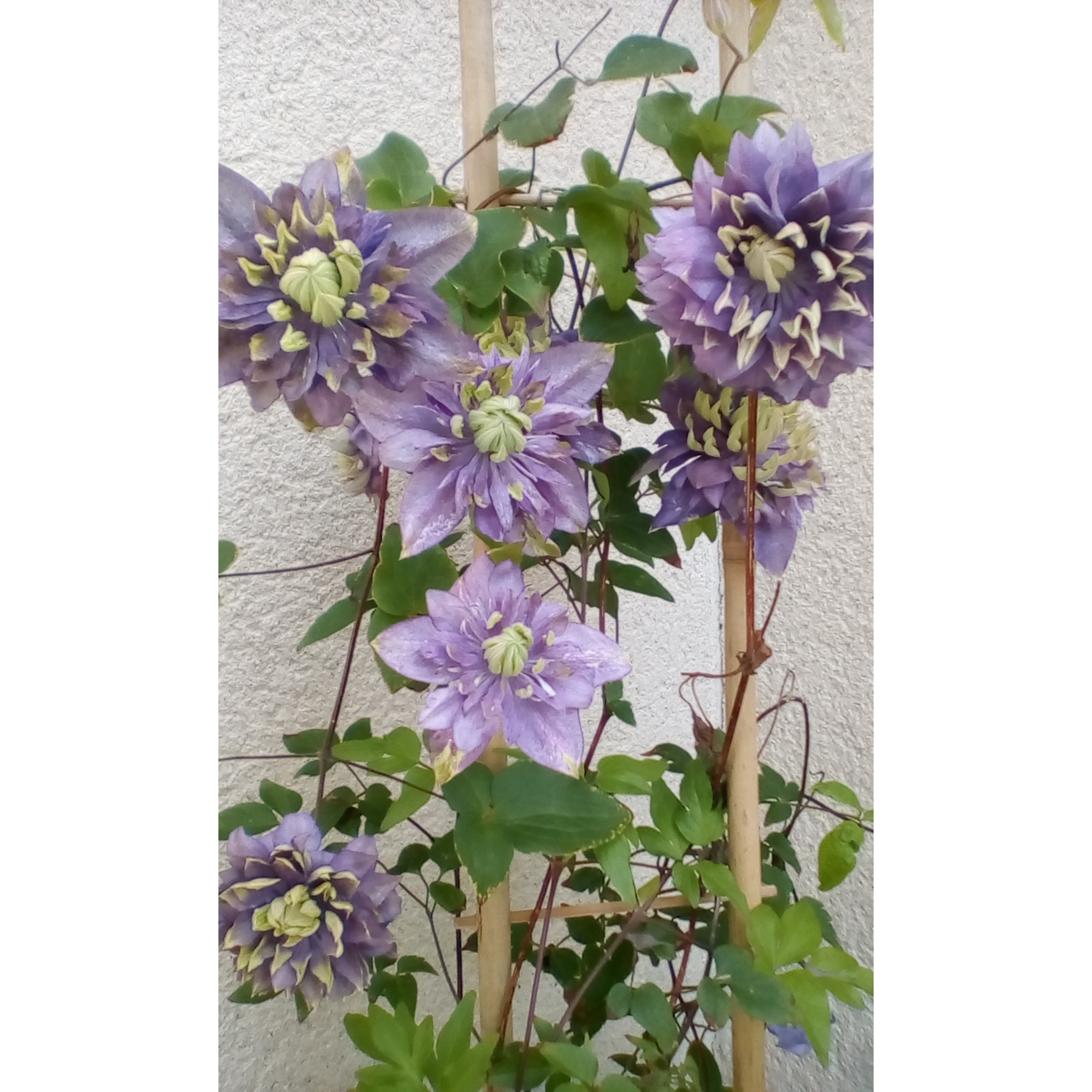
Béatrice B.

Béatrice B. • 02 FR
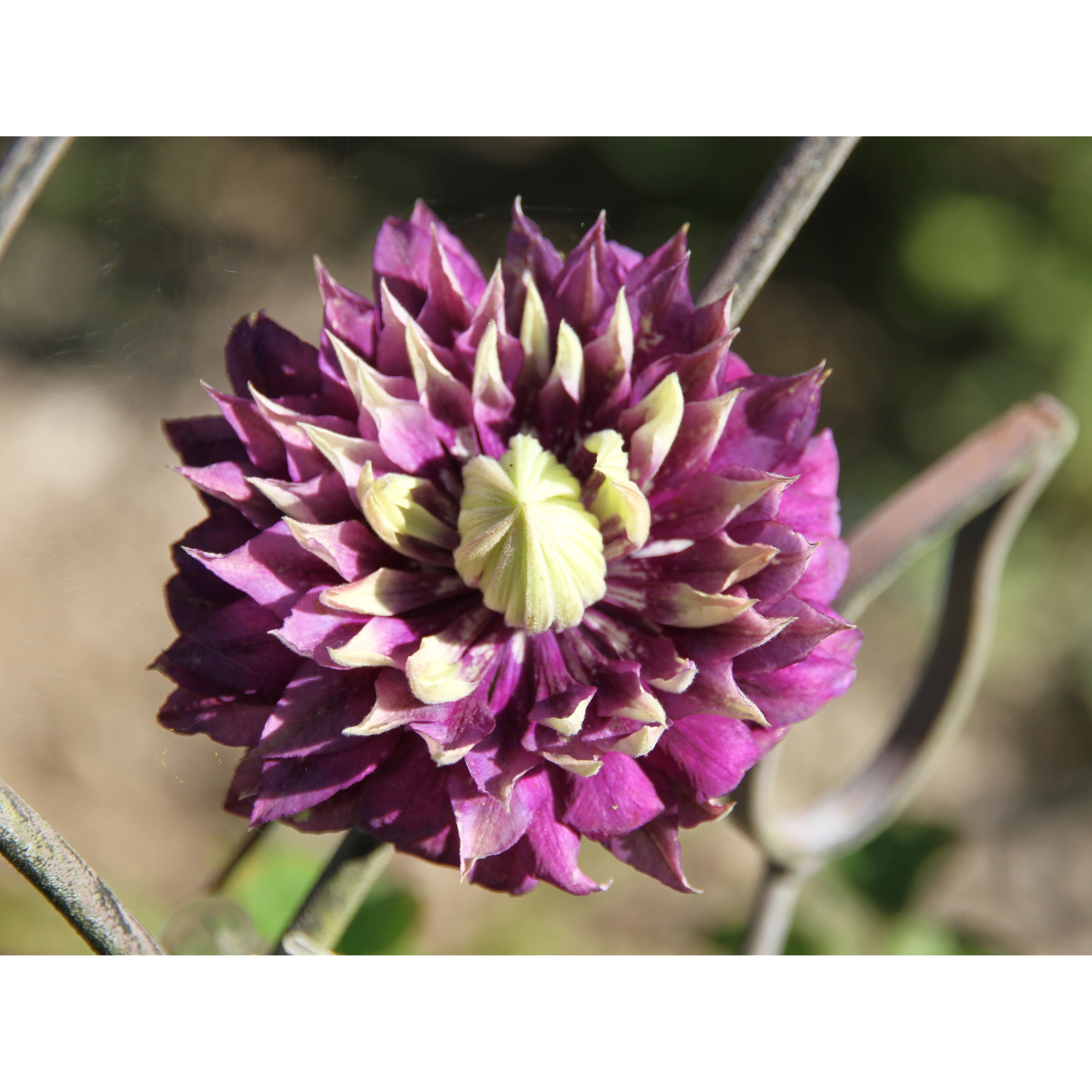
Elise A.

Elise A. • 51 FR
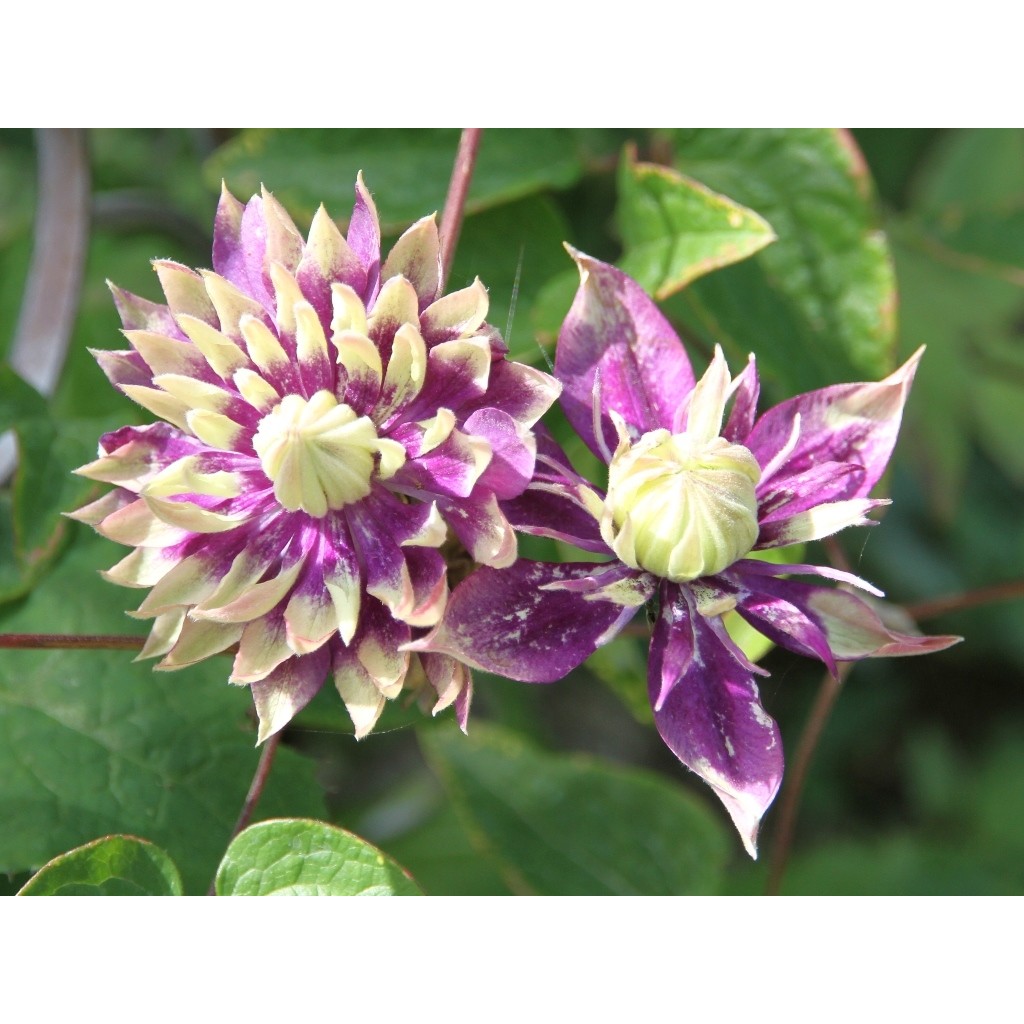
Elise A.

Elise A. • 51 FR
Clematis Taiga
Clematis Taiga
Old Man's Beard, Traveller's Joy, Virgin's Bower
The plant was rather puny upon arrival. Planted correctly, it showed promising flowering, then the entire plant dried up despite watering and compost application.
Jean-Marc, 19/11/2025
Special offer!
Receive a €20 voucher for any order over €90 (excluding delivery costs, credit notes, and plastic-free options)!
1- Add your favorite plants to your cart.
2- Once you have reached €90, confirm your order (you can even choose the delivery date!).
3- As soon as your order is shipped, you will receive an email containing your voucher code, valid for 3 months (90 days).
Your voucher is unique and can only be used once, for any order with a minimum value of €20, excluding delivery costs.
Can be combined with other current offers, non-divisible and non-refundable.
Home or relay delivery (depending on size and destination)
Schedule delivery date,
and select date in basket
This plant carries a 6 months recovery warranty
More information
We guarantee the quality of our plants for a full growing cycle, and will replace at our expense any plant that fails to recover under normal climatic and planting conditions.
Would this plant suit my garden?
Set up your Plantfit profile →
Description
Clematis Taiga, recently obtained in Japan, is a true work of art, unanimously awarded at Plantarium 2016 in the Garden, Balcony and Patio Plants category. This modest-sized variety is unique because of its large, very double flowers, reminiscent in structure to cactus dahlias. They open in 3 stages, starting from a large, light green central bud surrounded by a star with 6 thread-like branches that open into wide petals. The bud gradually unfolds into incurved, blue-violet petals, ending in green tips. The colour combination turns to purple-violet and white-cream pink. This surprising little vine blooms tirelessly throughout the summer. Of modest stature but with rapid growth, it is well suited for container cultivation.
The Clematis genus belongs to the family Ranunculaceae. 'Taiga' is a very recent cultivar from Japan, whose flower truly embodies the refined spirit that inhabits each of the Japanese varietal creations. 'Taiga', named after the forest of the same name, dotted with numerous lakes of icy blue, is covered with large, variegated flowers of blue-violet and cream-green from July to September. It belongs to the Florida group of clematis, which blooms on the current year's growth.
It is a woody, climbing perennial with short stems that will not exceed 2.50 m high, with a spread of 1m². The deciduous bright green leaves are sometimes tinged with purple and are composed of 3 ovate to lanceolate leaflets 3 to 7 cm (1 to 3in) long and 1.5 to 5 cm (1 to 2in) wide, or are single and ovate 7 to 10 cm long on reddish stems. The very double flowers are composed of innumerable, 6 to 8 cm elliptical tepals (undifferentiated petals) that fold back on themselves and taper at the tip. The centre is occupied by a large light green bud, surrounded by smaller petals, surmounting a collar of larger petals. The flowers are initially variegated with blue-violet, green and cream, and take on a more wine-like hue at maturity, forming a cluster of different shapes and improbable shades. This clematis clings to its support or host plant through twisting stems with petioles transformed into tendrils. This variety has good health and hardiness.
Plant clematis alongside your climbing roses or vines to extend the flowering of your walls and pergolas until the end of summer. This is a diverse genus with flowers of all colours, shapes and sizes. Take advantage of their easy cultivation to give your garden a romantic and bohemian touch. The surprising 'Taiga' variety will be perfect trained on a wall. Thanks to its modest size, it will easily fit in a small garden and be perfectly happy in a pot on a balcony or next to an entrance door, trained on a small structure to welcome visitors with its magical coloured flowers.
Clematis Taiga in pictures


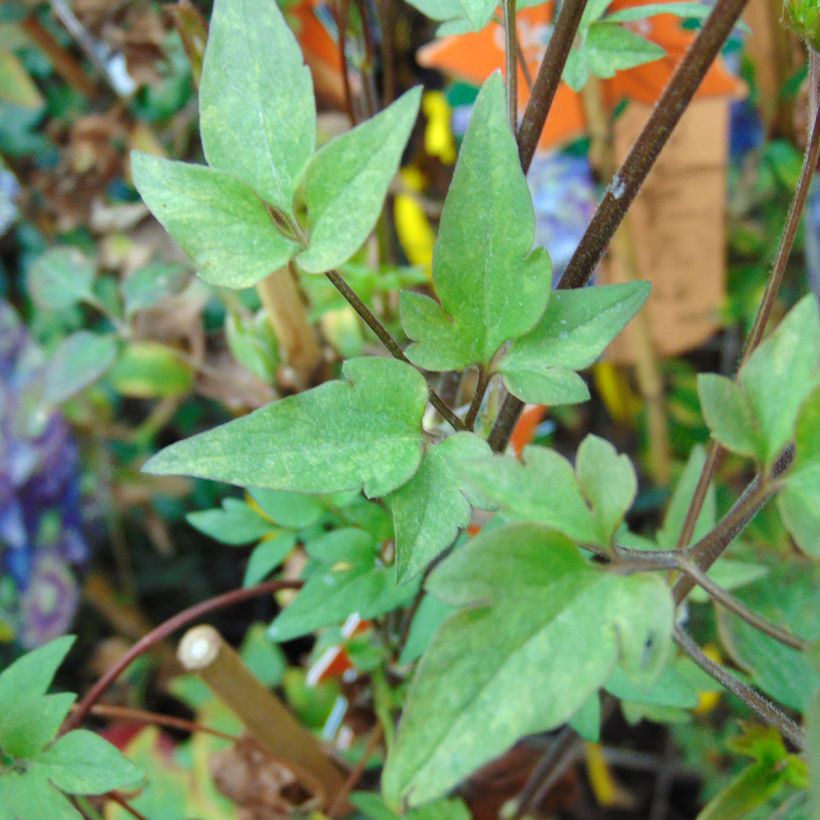

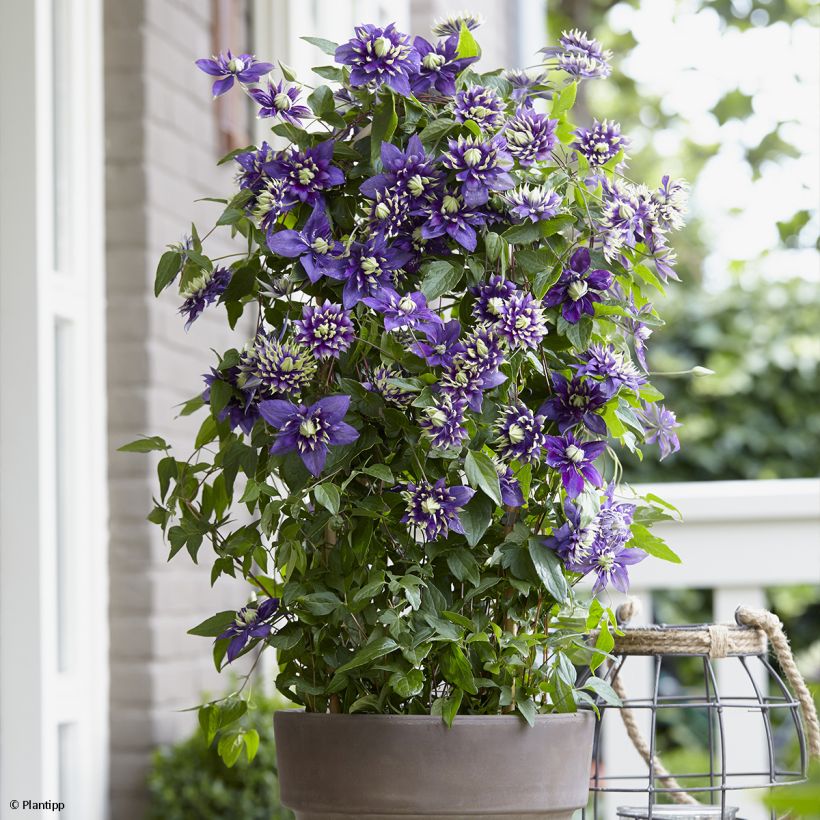

Plant habit
Flowering
Foliage
Botanical data
Clematis
Taiga
Ranunculaceae
Old Man's Beard, Traveller's Joy, Virgin's Bower
Cultivar or hybrid
Other Clematis Florida
View all →Planting and care
Choose a sunny or partially shaded exposure. In sunny exposure, shade the base of your plant with a ground cover or a perennial geranium. Clematis like to have their feet in the shade. Plant your clematis by covering the root ball with 3 cm (1in) of soil, in a soil worked to a depth of 20 cm (8in), lightened with good compost. Water abundantly and regularly during the first few weeks. Clematis attach themselves thanks to their tendrils. To promote their growth, provide them with trellis support or help them dress the trunk of a tree by placing a wire mesh. Clematis also like to grow freely on neighbouring plants. You can prune it to 50cm (20in) high. We advise you not to overwater, as stagnant water can cause the development of a deadly fungus at the base.
Clematis patens and its varieties are particularly well suited for container cultivation.
Planting period
Intended location
Care
Planting & care advice
-
, onOrder confirmed
Reply from on Promesse de fleurs
Similar products
Haven't found what you were looking for?
Hardiness is the lowest winter temperature a plant can endure without suffering serious damage or even dying. However, hardiness is affected by location (a sheltered area, such as a patio), protection (winter cover) and soil type (hardiness is improved by well-drained soil).

Photo Sharing Terms & Conditions
In order to encourage gardeners to interact and share their experiences, Promesse de fleurs offers various media enabling content to be uploaded onto its Site - in particular via the ‘Photo sharing’ module.
The User agrees to refrain from:
- Posting any content that is illegal, prejudicial, insulting, racist, inciteful to hatred, revisionist, contrary to public decency, that infringes on privacy or on the privacy rights of third parties, in particular the publicity rights of persons and goods, intellectual property rights, or the right to privacy.
- Submitting content on behalf of a third party;
- Impersonate the identity of a third party and/or publish any personal information about a third party;
In general, the User undertakes to refrain from any unethical behaviour.
All Content (in particular text, comments, files, images, photos, videos, creative works, etc.), which may be subject to property or intellectual property rights, image or other private rights, shall remain the property of the User, subject to the limited rights granted by the terms of the licence granted by Promesse de fleurs as stated below. Users are at liberty to publish or not to publish such Content on the Site, notably via the ‘Photo Sharing’ facility, and accept that this Content shall be made public and freely accessible, notably on the Internet.
Users further acknowledge, undertake to have ,and guarantee that they hold all necessary rights and permissions to publish such material on the Site, in particular with regard to the legislation in force pertaining to any privacy, property, intellectual property, image, or contractual rights, or rights of any other nature. By publishing such Content on the Site, Users acknowledge accepting full liability as publishers of the Content within the meaning of the law, and grant Promesse de fleurs, free of charge, an inclusive, worldwide licence for the said Content for the entire duration of its publication, including all reproduction, representation, up/downloading, displaying, performing, transmission, and storage rights.
Users also grant permission for their name to be linked to the Content and accept that this link may not always be made available.
By engaging in posting material, Users consent to their Content becoming automatically accessible on the Internet, in particular on other sites and/or blogs and/or web pages of the Promesse de fleurs site, including in particular social pages and the Promesse de fleurs catalogue.
Users may secure the removal of entrusted content free of charge by issuing a simple request via our contact form.
The flowering period indicated on our website applies to countries and regions located in USDA zone 8 (France, the United Kingdom, Ireland, the Netherlands, etc.)
It will vary according to where you live:
- In zones 9 to 10 (Italy, Spain, Greece, etc.), flowering will occur about 2 to 4 weeks earlier.
- In zones 6 to 7 (Germany, Poland, Slovenia, and lower mountainous regions), flowering will be delayed by 2 to 3 weeks.
- In zone 5 (Central Europe, Scandinavia), blooming will be delayed by 3 to 5 weeks.
In temperate climates, pruning of spring-flowering shrubs (forsythia, spireas, etc.) should be done just after flowering.
Pruning of summer-flowering shrubs (Indian Lilac, Perovskia, etc.) can be done in winter or spring.
In cold regions as well as with frost-sensitive plants, avoid pruning too early when severe frosts may still occur.
The planting period indicated on our website applies to countries and regions located in USDA zone 8 (France, United Kingdom, Ireland, Netherlands).
It will vary according to where you live:
- In Mediterranean zones (Marseille, Madrid, Milan, etc.), autumn and winter are the best planting periods.
- In continental zones (Strasbourg, Munich, Vienna, etc.), delay planting by 2 to 3 weeks in spring and bring it forward by 2 to 4 weeks in autumn.
- In mountainous regions (the Alps, Pyrenees, Carpathians, etc.), it is best to plant in late spring (May-June) or late summer (August-September).
The harvesting period indicated on our website applies to countries and regions in USDA zone 8 (France, England, Ireland, the Netherlands).
In colder areas (Scandinavia, Poland, Austria...) fruit and vegetable harvests are likely to be delayed by 3-4 weeks.
In warmer areas (Italy, Spain, Greece, etc.), harvesting will probably take place earlier, depending on weather conditions.
The sowing periods indicated on our website apply to countries and regions within USDA Zone 8 (France, UK, Ireland, Netherlands).
In colder areas (Scandinavia, Poland, Austria...), delay any outdoor sowing by 3-4 weeks, or sow under glass.
In warmer climes (Italy, Spain, Greece, etc.), bring outdoor sowing forward by a few weeks.































